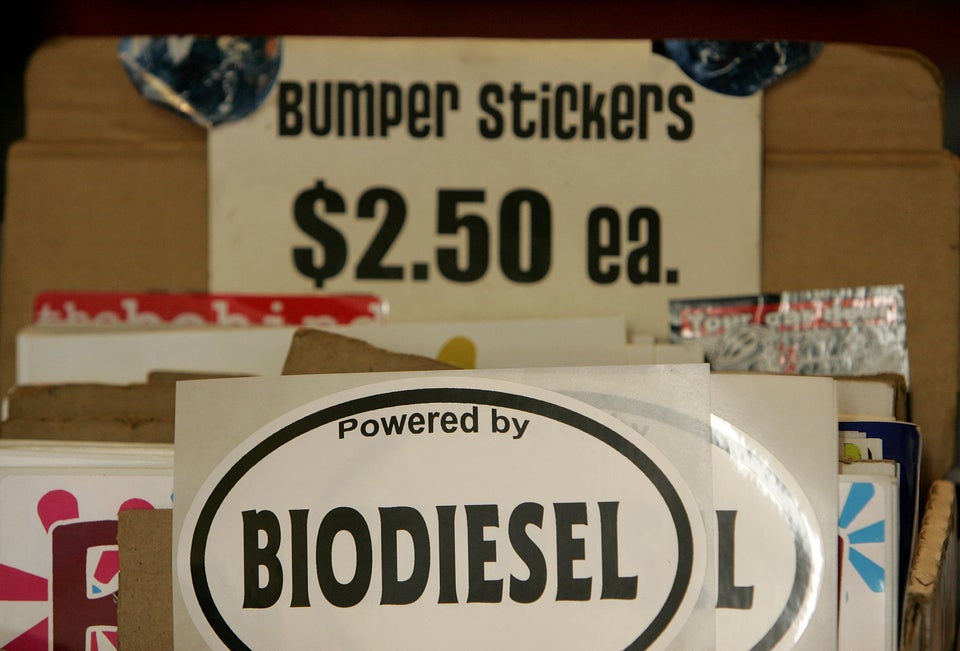Darn that solar power. There it goes again, saving towns money.
The latest victim of the well-known plot to undermine our God-mandated, American duty to burn coal (and support the hegemony of the big power utility) is unfolding in a small farm town in California.
Lemoore, Calif., about smack dab in the middle of San Joaquin Valley, gets its water from wells that draw on aquifers in the area, pulling up water from between 800 and 1,200 feet in most cases. That takes energy, which in California is expensive. Unless, that is, you take advantage of solar power.
Lemoore will spend just shy of $13 million to have Chevron Energy Solutions install 2.67 megawatts (DC) of solar capacity at eight water wells, along with a total of 439 kilowatts at a municipal complex, water treatment plant and police station (a PDF outlining the project is here). The contract also provides
Chevron said the project would “reduce purchase form the electric utility by close to 100 percent for most of the facilities included,” and it put the city’s net at nearly $45 million.
This, however, actually appears to be the projected utility cost avoidance figure for the 30 years of the project, and does not include costs. In a Chevron Energy Solutions PowerPoint presentation to the city earlier this year [PDF], the projected net savings were $31.1 million.
That financial analysis didn’t give an energy production figure for the solar arrays, but the single-axis tracking panels in the sunny Central Valley should do well. One possible fault that might be found with the analysis is the assumption of a 5 percent annual increase in utility electricity over the next 30 years. With that assumption, the projected utility cost avoidance rises from $707,485 in year one to $2,518,118 in year 30. Still, even if the cost of electricity didn’t rise at all in the next 30 years — yeah, right — the city would still come out around $10 million ahead, largely due to the fact that the system would be paid of in 15 years, allowing for virtually free electricity in the subsequent 15 years.
